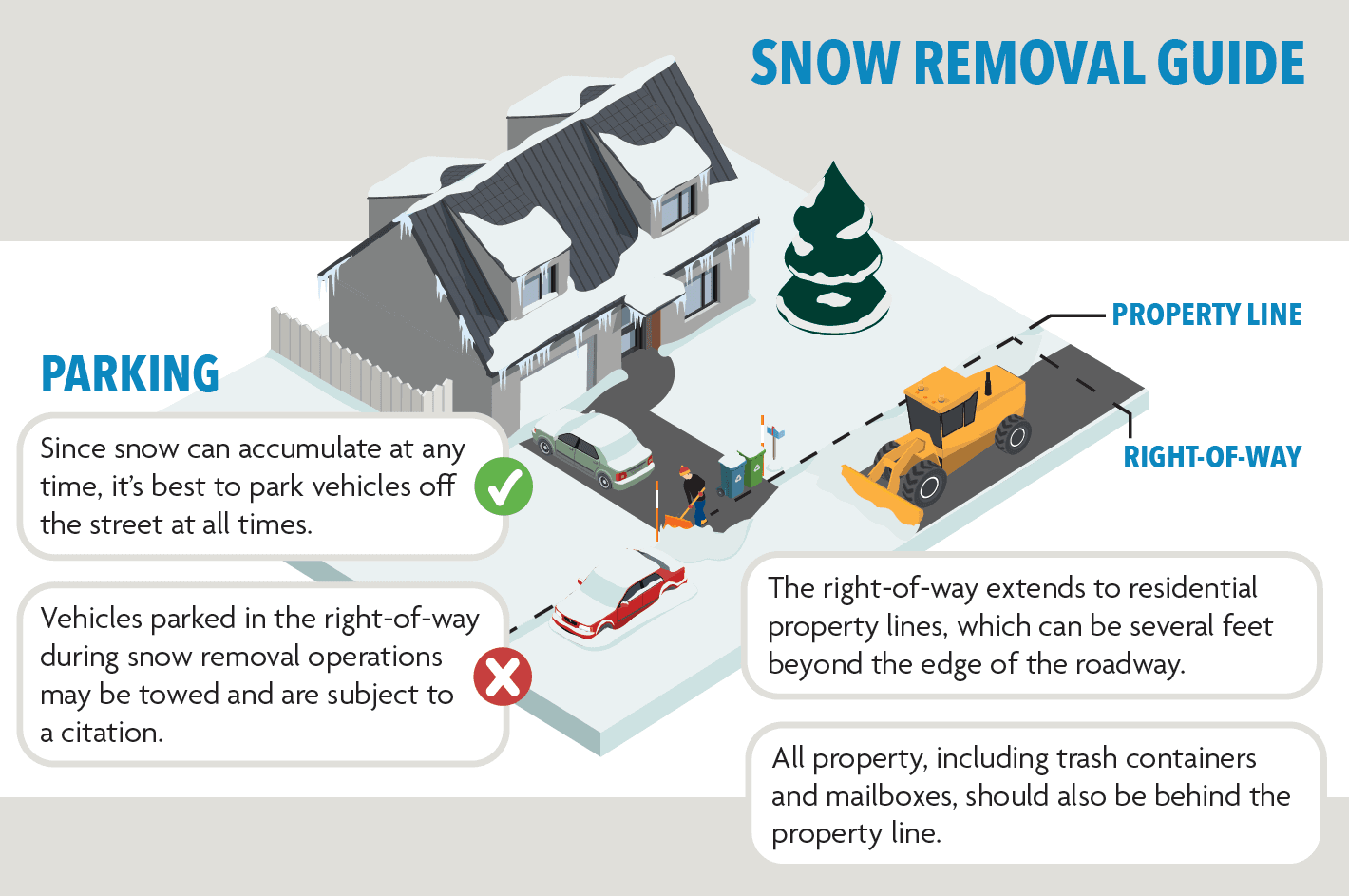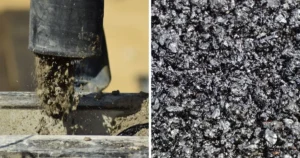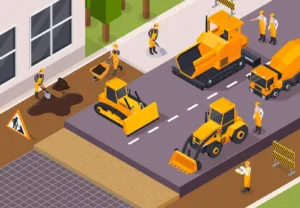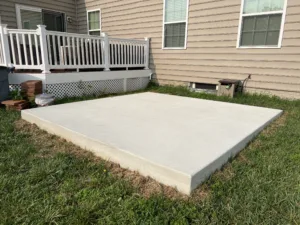When winter’s white blanket covers the landscape, it brings a serene beauty but also the arduous task of snow removal. Keeping your driveway clear is not just about maintaining curb appeal; it’s a safety necessity to prevent slips and ensure easy access to and from your home. This comprehensive guide will walk you through effective strategies, tools, and tips for efficient snow removal, ensuring your driveway remains clear and navigable throughout the winter season.
Understanding the Challenges of Snow Removal
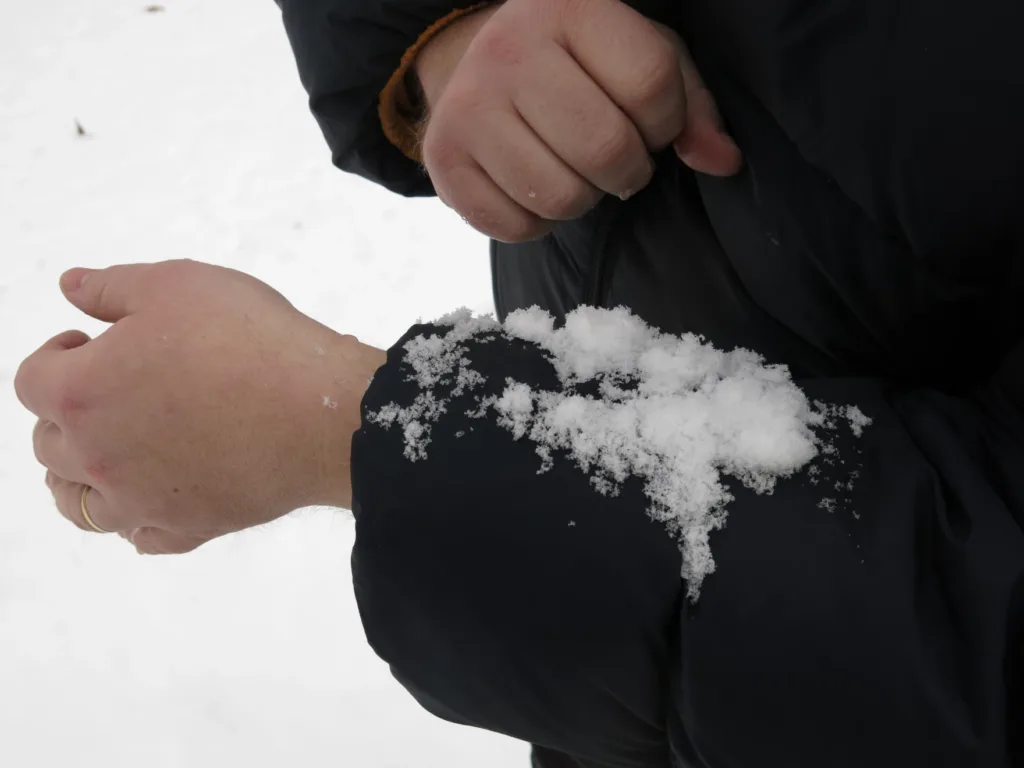
Snow removal can be demanding, with various factors affecting the best approach: the type of snow (light and fluffy or wet and heavy), the size of your driveway, and the temperatures you’re dealing with. Being prepared and understanding these aspects can make the task more manageable and less daunting.
Preparation: Before the Snow Falls
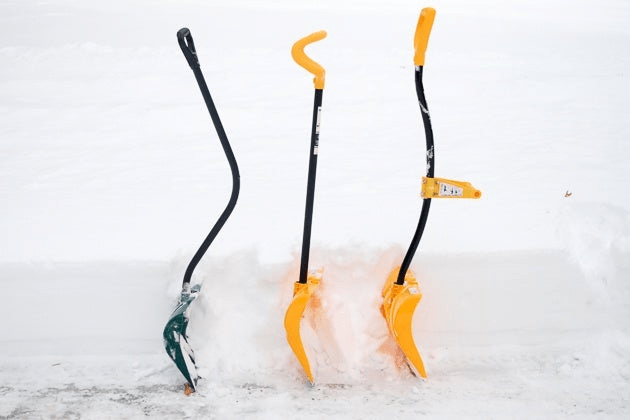
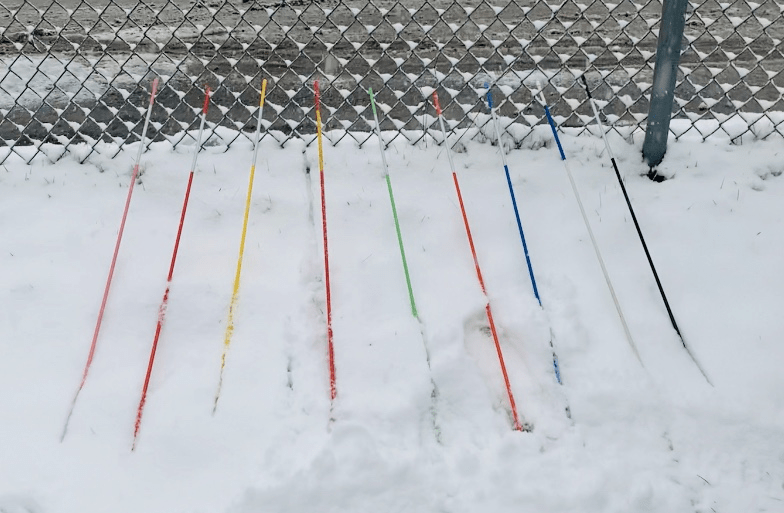
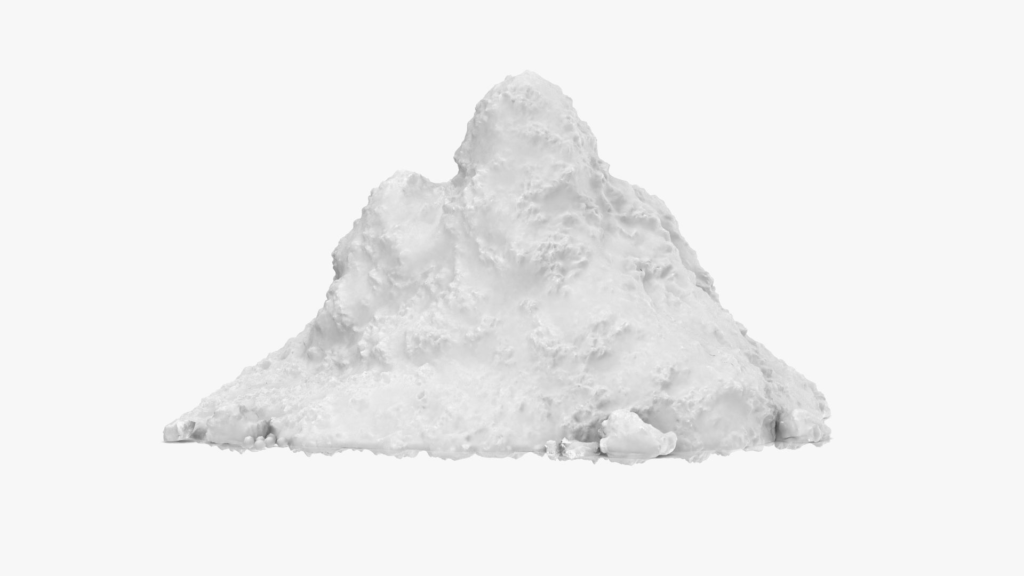
- Mark Your Driveway: Place reflective markers along the edges of your driveway before the ground freezes. This will help you identify the boundaries when everything is covered in snow.
- Gather the Right Tools: Ensure you have a sturdy shovel, snow blower, or plow ready. Consider materials for melting ice, such as rock salt or calcium chloride.
- Plan for Snow Piling: Identify where you’ll pile the snow once removed. Avoid blocking sidewalks, drainage areas, or creating sightline issues for traffic.
Manual Snow Removal: Shoveling Done Right
Shoveling is the most common method for homeowners. While it’s physically demanding, the right technique can make it more effective:
- Timing is Everything: If possible, shovel periodically during the storm to prevent snow from building up and becoming packed and heavy.
- Proper Equipment: Use a shovel that’s comfortable and appropriate for your strength and height. Ergonomic shovels can reduce strain on your back.
- Technique: Push the snow to the sides rather than lifting when possible. If you must lift, use your legs, not your back, and avoid twisting movements.
- Dress Appropriately: Wear layers, gloves, and waterproof boots to stay warm and dry.
Mechanical Removal: Snow Blowers and Plows
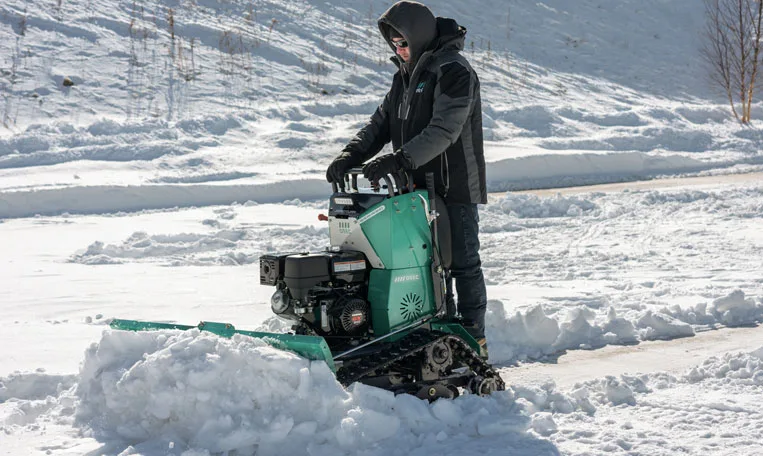
For larger driveways or those unable to shovel, mechanical means like snow blowers or plows are effective:
- Snow Blowers: They come in various sizes and strengths. Electric models are good for light snow and small areas, while gas-powered models can handle heavier tasks. Always follow the manufacturer’s instructions and safety guidelines.
- Plow Services: Hiring a plow service can be a convenient, albeit more expensive, option. Ensure the service is reliable and understand their schedule and priorities during a heavy storm.
Dealing with Ice
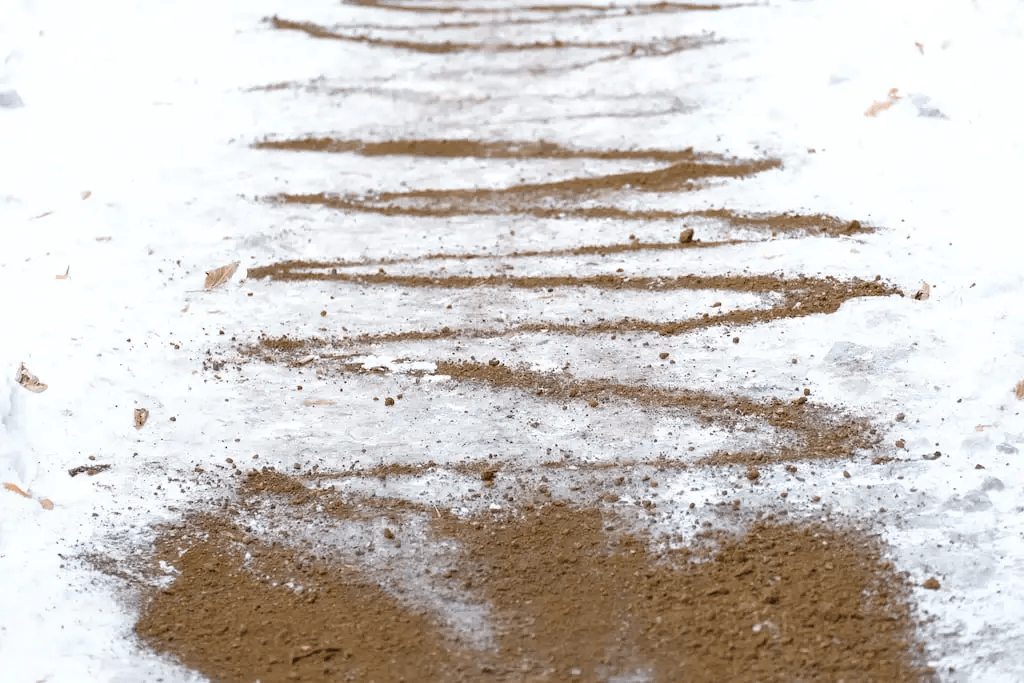
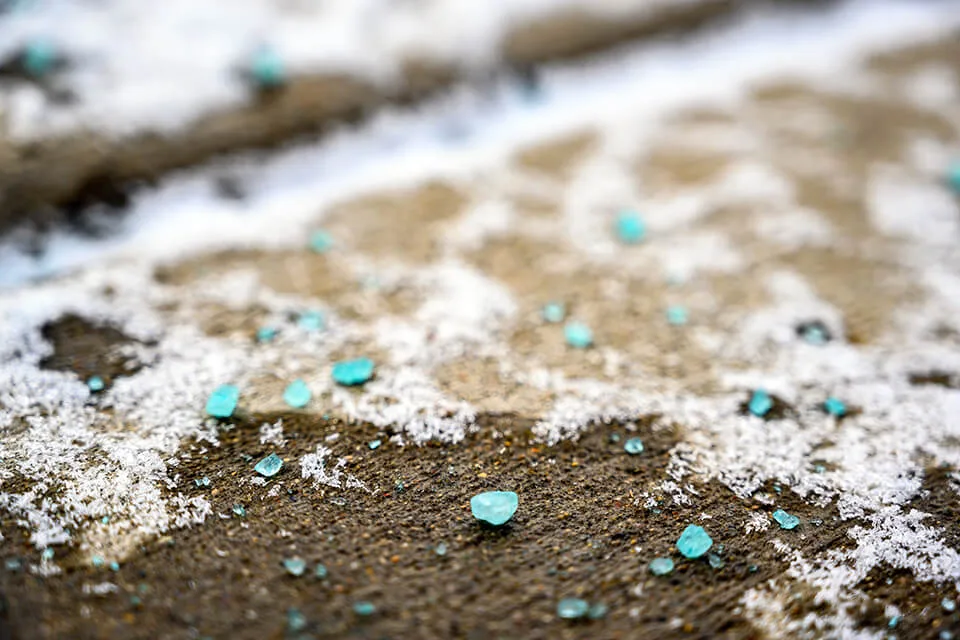

After clearing the snow, addressing ice is critical to prevent falls and ensure safe passage:
- Rock Salt: Effective and inexpensive, rock salt lowers the freezing point of water, melting the ice. However, it can be harmful to plants and concrete and less effective below 15°F.
- Calcium Chloride: More expensive but works at lower temperatures and is less harmful to your yard and driveway.
- Sand: While it doesn’t melt ice, sand can provide traction on icy areas.
Safety First
Snow removal can be physically taxing. Keep these safety tips in mind:
- Stay Hydrated: Even in cold weather, physical exertion can dehydrate you.
- Take Breaks: Regular breaks help prevent exhaustion and injury.
- Know Your Limits: If you have health issues or the task is too demanding, consider hiring help.
Snow Removal Etiquette
- Don’t Block the Road or Sidewalks: Be mindful of where you’re piling snow.
- Check on Neighbors: Particularly the elderly or those with health issues who might struggle with snow removal.
Efficiency Tips
- Wind Direction: Start shoveling from the upwind side, so the wind helps you rather than depositing snow back onto cleared areas.
- Snow Melting Mats: Consider installing heated mats along your walkway or driveway for continuous snow melting.
- Stay Ahead of the Storm: Regularly clearing the snow before it accumulates too much can significantly reduce your workload.
After the Snow is Cleared
Once the driveway is clear, maintenance is key:
- Inspect for Damage: Regularly check for cracks or damage to the driveway surface exacerbated by the freeze-thaw cycle.
- Reapply Ice Melt as Needed: Keep an eye on weather forecasts and be prepared to reapply ice melt before a freeze or new storm.
- Plan for the Next Snowfall: Restock supplies, check the condition of your tools, and ensure you’re ready to go when the next snowfall arrives.
Conclusion
Snow removal is an inevitable part of winter for many, but it doesn’t have to be a backbreaking chore. With the right tools, techniques, and preparation, you can keep your driveway clear and safe all winter long. Remember, the key to efficient snow removal is staying ahead of the storm, understanding the best methods for your situation, and always prioritizing safety. By following this guide, you’ll not only keep your driveway spotless but also enjoy a safer, more beautiful winter season. So when the snow starts to fall, you’ll be ready to face it head-on, one shovel, or snow blower at a time.

